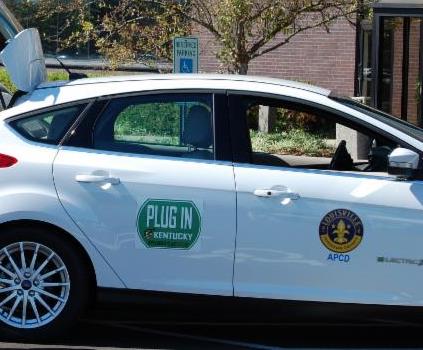Summary of Basics of Electric Vehicles and Charging Stations
- Electricity designated an alternative fuel under the Energy Policy Act of 1992.
- Plug-in electric vehicles store electricity in on-board rechargeable batteries. Vehicles that run solely on electricity give off no tailpipe emissions.
- There are electric vehicle advantages
such as it is generally more cost-effective than conventional vehicles in both fuel costs and maintenance costs. - Charging electric vehicles can take place at home (given that the proper infrastructure is in place) and at public or private charging stations. The public and private options for charging are growing in number to meet the demand of electric vehicle drivers.
For more information click here.
Hybrid Vehicles vs. Plug-in Hybrid Electric Vehicles vs. All-Electric Vehicles
The Alternative Fuels Data Center defines the three main types of electric vehicles as follows:
- Hybrid Electric Vehicles: HEVs operate by an internal combustion engine and an electric motor. The vehicles are not plugged into charge. The battery is charged through regenerative braking and by the internal combustion engine.
- Plug-In Hybrid Electric Vehicles: PHEVs operate by an internal combustion engine and an electric motor. The battery can be charged by plugging into an electric power source.
- All-Electric Vehicles: EVs do not have an internal combustion engine, they are only powered by an electric motor. The batteries are charged by plugging into an electric power source. They do not use any conventional fuel.
For More Information visit the DOE’s Alternative Fuels Data Center.
Click here for printable electric vehicle information brochure

